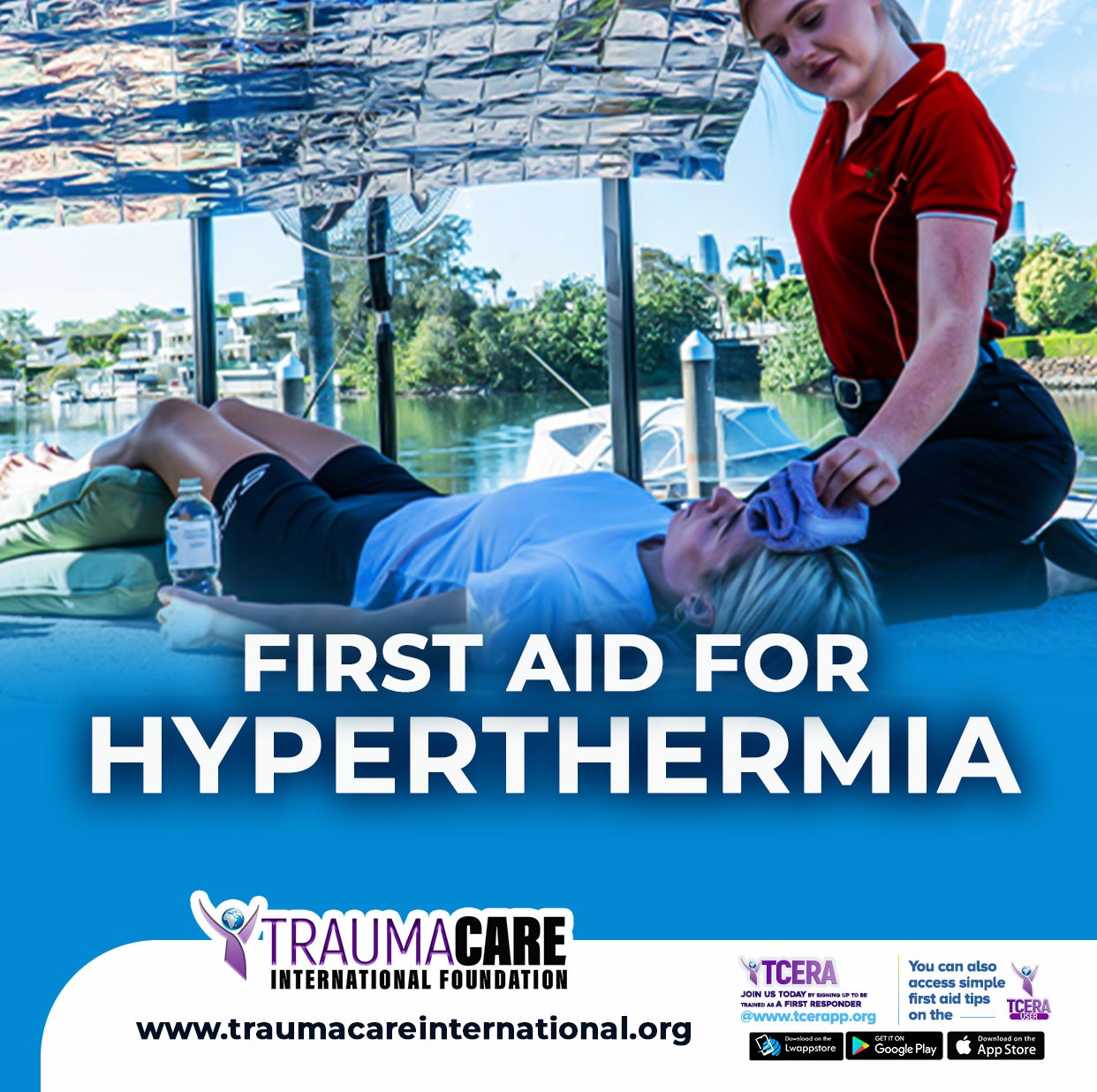Hyperthermia, also known as overheating, a condition characterized by an elevated body temperature, is a serious health concern that can have detrimental effects if not properly addressed. Hyperthermia occurs when the body’s temperature rises above the normal range (98.6°F or 37°C) due to prolonged exposure to high temperatures or physical exertion in hot conditions.
How does the body interpret hyperthermia?
The hypothalamus in the brain is responsible for optimizing the body temperature. Hyperthermia occurs when the body's heat-regulating mechanisms are overwhelmed, leading to a rapid increase in core temperature. This can be caused by various factors, including:
- Exposure to high temperatures
- Strenuous physical activity
- Underlying health conditions
- Dehydration/Inadequate hydration
- Alcohol consumption and Electrolyte imbalance
Understanding the science behind hyperthermia is crucial in recognizing the potential risks and taking proactive measures to modify them.
Stages, Signs & Symptoms of Hyperthermia
Hyperthermia can progress through various stages, each characterized by specific symptoms and levels of severity. The stages of hyperthermia include heat cramps, heat exhaustion, and heatstroke. Let's explore each stage in more detail:
1. Heat Cramps: Heat cramps are the mildest form of hyperthermia and are usually associated with strenuous physical activity in high temperatures. During heat cramps, the body loses electrolytes through excessive sweating, leading to muscle cramps or spasms. Commonly affected muscles include those in the legs, arms, and abdomen.
Signs and symptoms of heat cramps include:
- Muscle cramps or spasms, often painful
- Excessive sweating
- Fatigue or weakness
2. Heat Exhaustion: Heat exhaustion is a more severe stage of hyperthermia and occurs when the body becomes dehydrated and cannot regulate its temperature properly. It commonly arises from prolonged exposure to high temperatures combined with inadequate fluid intake.
Signs and symptoms of heat exhaustion may include:
- Profuse sweating
- Pale or clammy skin
- Fatigue and weakness
- Dizziness or lightheadedness
- Nausea or vomiting
- Headache
- Rapid heartbeat
3. Heatstroke: Heatstroke is the most severe form of hyperthermia and is a life-threatening medical emergency. It occurs when the body's core temperature rises above 40°C (104°F) due to a failure of the body's thermoregulatory mechanisms. Heatstroke can result from prolonged exposure to high temperatures, particularly when combined with physical exertion.
Signs and symptoms of heatstroke include:
- High body temperature (above 40°C or 104°F)
- Altered mental state, confusion, or agitation
- Hot, dry skin (lack of sweating)
- Rapid and shallow breathing
- Rapid heartbeat
- Seizures or loss of consciousness
First Aid Steps for Hyperthermia
1. Call 112 or 767 for help or use the Tcera user app to request a trained first responder. Download the tcera app:
For Android Users: https://bit.ly/tceraAndroid
For IOS Users: https://bit.ly/tcera-IOS
2. Move to a Cooler Environment: If someone is experiencing hyperthermia, immediately move them to a shaded or air-conditioned area. The objective is to bring down the body temperature and remove them from the source of heat.
3. Remove Excess Clothing: Loosen or remove any unnecessary clothing to aid heat dissipation and improve air circulation around the body.
4. Hydration: Encourage the person to drink cool water or, if available, a sports drink containing electrolytes to replenish fluids and restore electrolyte balance.
5. Cooling Measures: Employ cooling techniques to lower the body temperature: Apply cool water or wet towels to the person's skin, particularly the neck, armpits, and groin areas. Utilize fans or create air movement to facilitate evaporative cooling. If possible, immerse the person in a cool bath or shower.
6. Monitor Vital Signs: Keep a close eye on the person's vital signs, including their breathing, pulse, and level of consciousness. If the condition worsens or they lose consciousness, seek immediate medical assistance.
7. Medical Attention: Even if the person's condition improves, it is crucial to seek medical attention. Heat-related emergencies can have lasting effects, and a healthcare professional should evaluate the individual to ensure there are no underlying complications or further medical interventions required.
In conclusion, hyperthermia is a potentially life-threatening condition that demands vigilance, awareness, and proactive measures. Recognizing its symptoms and implementing effective prevention strategies, can safeguard our well-being and that of those around us. We should strive to create environments that promote safe and comfortable experiences, especially during periods of heightened heat exposure.
For more information;
Call: 0808 678 3416 or 0808 584 9338
Email: [email protected]
Download the TCERA user app today.





What do you think?
0 Responses
To Comment, you must Sign In
Be the First to Post on this Topic